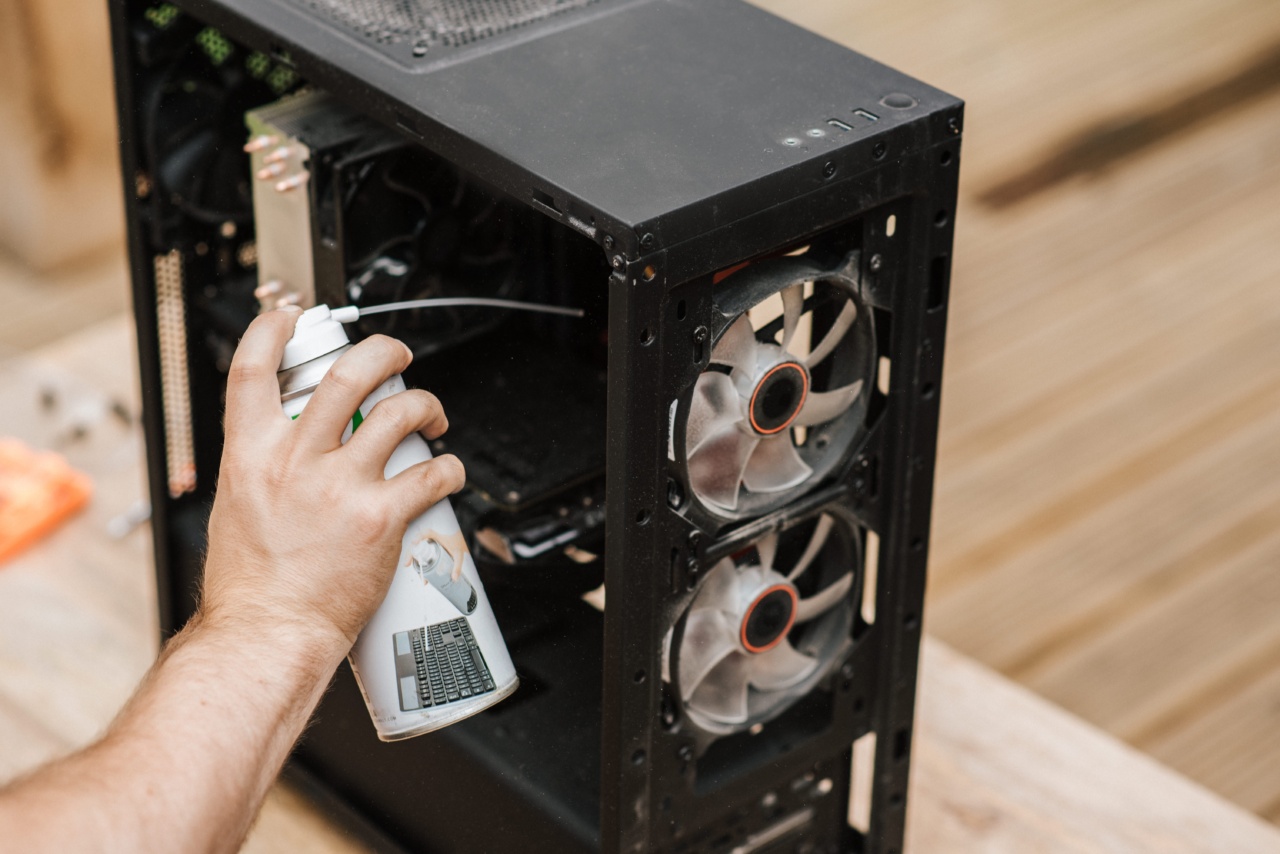When we think about healing, we often think of medical treatments, medications, and surgeries. However, one of the most powerful tools that doctors have at their disposal is communication.
Effective communication between doctors and patients can have a profound impact on the healing process.
Building trust and rapport
One of the first steps in using communication as a healing tool is building trust and rapport with patients.
When patients feel comfortable with their doctors, they are more likely to share important information and actively participate in their own treatment. Building trust begins with active listening, empathy, and effective communication skills.
Active listening
Active listening is a fundamental aspect of effective communication in healthcare. It involves fully focusing on the patient, maintaining eye contact, and paying attention to the patient’s verbal and non-verbal cues.
By actively listening, doctors can gather vital information, understand the patient’s concerns and needs, and address them effectively.
Empathy and understanding
Empathy is the ability to understand and share the feelings of another. When doctors express empathy, patients feel understood and supported, which in turn enhances the healing process.
Empathy can be conveyed through both verbal and non-verbal communication, such as using comforting words, gentle touch, or maintaining a compassionate facial expression.
Explaining medical information
Another essential aspect of using communication as a healing tool is explaining medical information in a clear and understandable manner. Doctors are often confronted with complex medical terms and concepts that can be overwhelming to patients.
By using layman’s terms, visual aids, and encouraging patients to ask questions, doctors can ensure that patients have a clear understanding of their condition, treatment options, and potential outcomes.
Patient education and empowerment
Effective communication also involves patient education and empowerment.
Doctors should take the time to educate patients about their health conditions, including preventive measures and lifestyle modifications that can help manage or prevent further complications. By empowering patients with knowledge and tools to take control of their health, doctors can improve patient outcomes and promote active participation in the healing process.
Creating a supportive environment
Communication between doctors and patients should not only occur during office visits or hospital stays but should extend to creating a supportive environment.
This includes clear and timely communication of test results, follow-up instructions, and availability for further questions or concerns. Doctors can also provide emotional support by acknowledging patient fears and anxieties and offering reassurance throughout the healing journey.
Effective communication with the healthcare team
Communication as a healing tool goes beyond the doctor-patient relationship. Effective communication within the healthcare team is crucial for delivering high-quality care and ensuring patient safety.
Doctors should collaborate and communicate effectively with nurses, specialists, pharmacists, and other healthcare professionals involved in the patient’s care. This promotes coordinated and comprehensive care, reduces medical errors, and ultimately enhances the healing process.
Breaking bad news with compassion
At times, doctors are faced with the challenging task of delivering bad news to patients or their families. This could be a diagnosis of a serious illness, informing about treatment failure, or discussing end-of-life care.
In such situations, communication becomes even more critical. Doctors must approach these conversations with compassion, sensitivity, and empathy, supporting patients emotionally while providing accurate information and discussing available options.
The impact of communication on the placebo effect
Studies have shown that communication can impact the placebo effect, where patients experience a perceived improvement in symptoms despite receiving an inactive treatment.
The way doctors communicate the benefits and potential side effects of medication can influence the patient’s belief in its effectiveness, consequently affecting their physiological response. By maximizing the positive impact of the placebo effect, doctors can enhance the healing process.
Addressing cultural and language barriers
Effective communication also requires addressing cultural and language barriers. Doctors should be sensitive to cultural differences and adapt their communication style accordingly.
Additionally, language interpretation services should be provided to ensure accurate understanding and avoid misunderstandings that could compromise patient care.
The importance of ongoing communication
Lastly, effective communication between doctors and patients should not be a one-time occurrence but an ongoing process.
Regular follow-up appointments, phone calls, or email communication can foster continuous support and allow doctors to monitor the patient’s progress. Ongoing communication also provides an opportunity to address any concerns, adjust treatment plans if needed, and ensure patients feel valued and well-supported throughout their healing journey.































